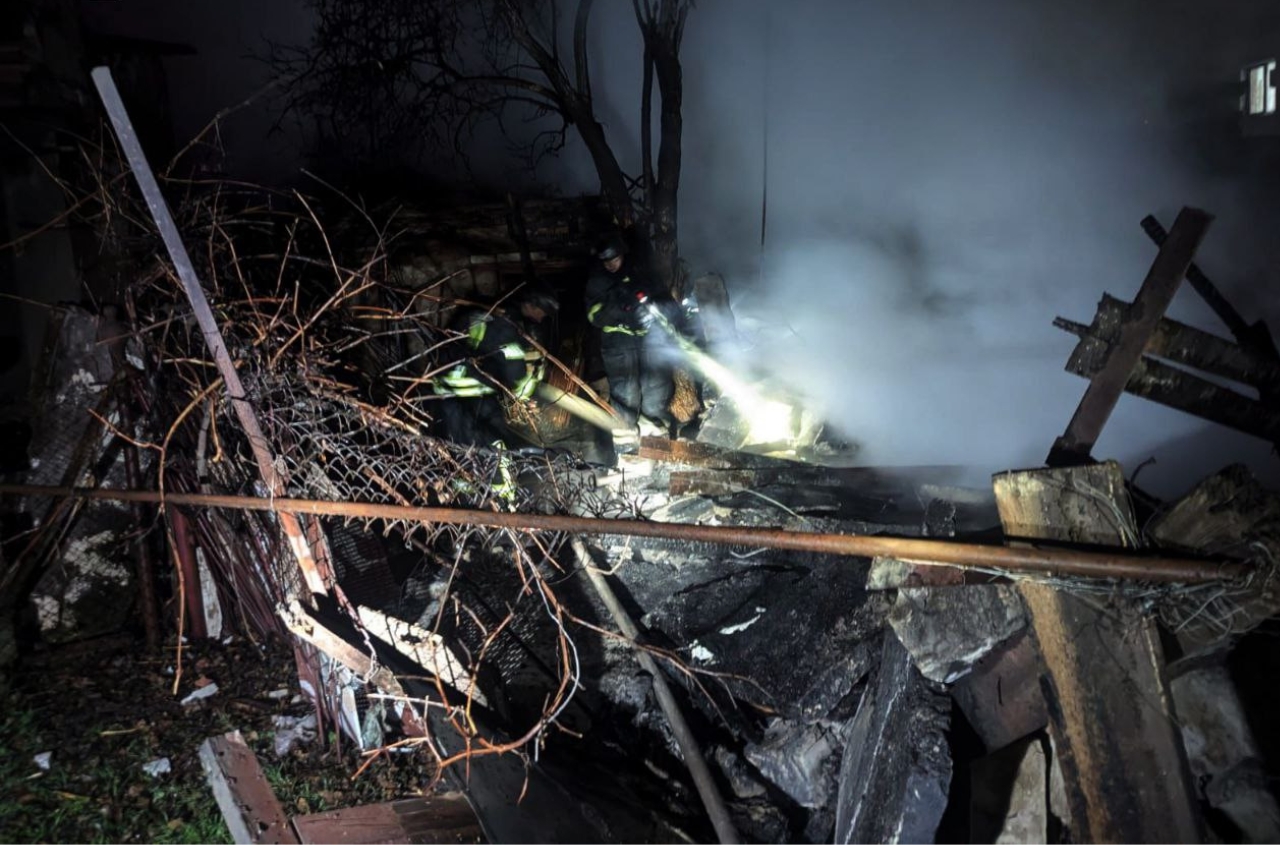Kinburn Spit is an incredibly beautiful place, which is washed by the waters of the Dnieper-Bug estuary and the Black Sea. The spit occupies the most western part of the peninsula of the same name.
One of the most picturesque, most attractive and most popular corners of the Nikolaev area is Kinburn Spit. This is truly an amazing place, where the beauty of nature, the richness of fauna and flora have been preserved in its original form since ancient times and to this day.
Kinburn Spit is an amazing and harmonious combination of pine forests, wide steppes, the cleanest sea and fresh transparent air, which is filled with a stunning aroma of steppe grasses. At the same time, Kinburn Spit is a wide sandy beach covered with fine white sand, where there is complete silence, tranquility, tranquility and complete unity with nature. In Kinburn you will not find loud discos, amusement parks, etc., but here you can see many other, no less interesting: for example, flocks of white herons, pelicans, swans and ducks. And if you are very lucky, you will also see pink flamingos.

Kinburn Spit - is one of the most popular and favourite vacation spots for residents of Ochakov, Nikolaev and other regions of Ukraine, who prefer a quiet holiday on the beach and love to look at the romantic starry sky. Kinburn Spit is located between the salty Yahorlyk Bay and the fresh Dnieper-Bug estuary, which, in turn, forms a unique climate of this small piece of paradise on earth. The total area of ​​the spit is more than 200 hectares.
Initially, the Spit is quite wide, and its narrowest part is just several meters. Today, the Kinburn Spit is part of the Black Sea Biosphere Reserve, and Yahorlyk Bay, along with its spit, islands and inland lakes, is a wetland of international importance. Kinburn Spit is a cape about 40 km long and less than 10 km wide.

The first written mention of the Kinburn Spit dates back to ancient times. The name of this place comes from the Turkish words "keel", which means "hair", and "breaker", which means the word "cape". In the XV century on the territory of this peninsula the Turks built a mighty fortress Kilburun, hence the present geographical name of the spit and the peninsula.

It grows more than 500 different species of plants, many of which have healing properties: St. John's wort, valerian, chamomile, mint, thyme, yarrow, immortelle and many others. In spring and autumn, Kinburn Spit becomes a real paradise for mushroom pickers, as it grows a huge number of buttercups and large white mushrooms.
One of the main attractions of the Kinburn Spit is the Volyzhyn Forest - a remnant of the ancient country of Gilea. According to the writings of the ancient Greek historian Herodotus in the V century BC on the territory of the present-day Kinburn Peninsula, there was the state of Gilea. At that time, Kinburn Spit was completely covered with dense forest. In the form of separate plots with small groves of oaks, alders, birches, pines and now exist as remnants of relict forests.

Photo by Vitaliy Milevich
The scorching sun, heat, water, high humidity - all this contributes to the fact that in the sandy lowlands grow very quickly trees and grasses. These same overgrown places are still overgrown in such conditions with ferns and marsh plants, and hops and grapes tightly wrap around the trees, forming a mysterious and mystical "saga" (as they are called by the locals).
In these places it is quite dark and scary, in addition, they are very reminiscent of the jungle, which is covered with vines with snakes, crawling vipers, spiders, etc .. We just don't recommend you to go there.
Many different species of birds live in the Volyzhyn Forest. The number of their species reaches 300, among which there is a white-tailed eagle, a whooper swan, a gray crane. More than 60 species of birds living on the Kinburn Spit are listed in the Red Book of Ukraine. Along with that, Kinburn foreland is a part of the natural migration routes of many species of birds, their place of concentration, nesting, wintering.


There are two more attractions in Kinburn. The first is pink pelicans, which from a distance resemble pterodactyls in their outlines, but in flight they look very graceful. The second attraction is wild orchids that grow near the village of Pokrovka. This is one of the largest places in Europe where you can see the blooms of wild orchids.
Kinburn Spit is also known for its lakes with therapeutic mud. Swimming in the salt lakes of Kinburn, washing with white clay and mud has a huge therapeutic effect on osteochondrosis. According to reliable expert reviews, the therapeutic effect of swimming in these lakes is no worse than the therapeutic effects of procedures in the Dead Sea.

The number of salt and freshwater lakes on the Kinburn Spit today is about 150, although about 30-40 years ago their number reached 300. Mostly these lakes are shallow. Fish come here to spawn. This is a very beautiful and unique spectacle, when a huge number of fish, tightly pressed together, swim from one lake to another, and then goes far into the sea. Salt lakes on the Kinburn Spit still exist today. Sometimes pieces of crystalline iodized salt of light pink colour grow to a height of 15 meters. Chumaks used to come here all the time for salt, overcoming difficult roads full of pirates, robbers and warlike peoples.

Going to the Kinburn Spit for a quiet and peaceful holiday, you can also take small excursions around it and see the local attractions:
- Remains of the Turkish fortress of Kinburn;
- Relict groves - the mystical saga and Volyzhyn forest;
- The shallow waters of Yahorlyk Bay are a spire of the spit and a place where the waters of the Black Sea and the Dnieper-Bug estuary meet;
- Berezan Peninsula (formerly the ancient Greek settlement of Borisfen);
- Cossack Cross in honor of the first Kosh Ataman Sidor Bily, who headed the Black Sea Cossacks;
- Kinburn salt and mud lakes with white clay deposits;
- Monument to Count Alexander Suvorov.
Kinburn Spit does not have a large selection of resorts and hotels, so you can stay in neighbouring resorts and villages with the better living conditions: Koblevo (132 km), Ochakiv (116 km), Rybakovka (133 km) and others.






















